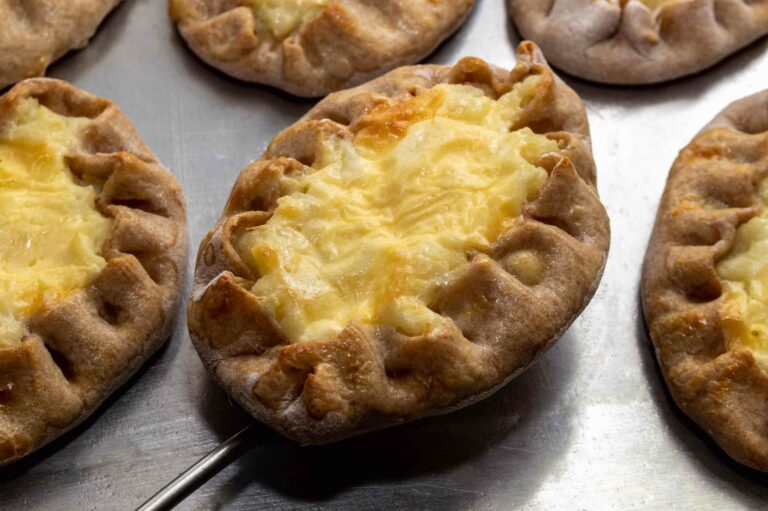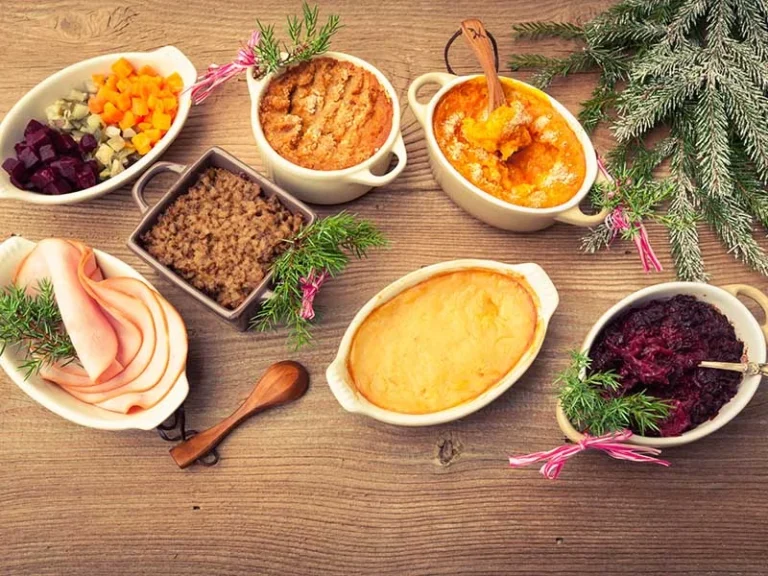Introduction: Finnish Cuisine Overview
Finnish cuisine is often characterized by its simplicity and reliance on natural, local ingredients. Rooted in a rich agricultural tradition, Finnish food is heavily influenced by the country’s geography and climate. While meat and dairy products have long been an important part of the Finnish diet, seafood is also an important component of Finnish cuisine. With over 187,000 lakes and thousands of miles of coastline, Finland is gifted with abundant freshwater and saltwater resources that have been utilized by its inhabitants for centuries.
Seafood in Finnish Traditional Cuisine
Seafood has been a part of Finnish cuisine for centuries. Fish, especially salmon, has been a staple food for Finns since ancient times. Traditionally, fish was preserved by smoking, drying, and salting, and was consumed throughout the year. Fish soup, made with salmon, perch, or pike, is a classic Finnish dish that has been enjoyed for generations. In addition to fish, Finnish coastal areas also have a tradition of catching and consuming shellfish, such as crayfish and mussels.
Fishing Industry in Finland
The Finnish fishing industry is a small but significant sector of the country’s economy, with over 10,000 people employed in fishing and aquaculture. Despite its small size, the industry is highly regulated, with strict quotas and regulations in place to protect fish stocks and ensure sustainable fishing practices. The most important commercial fish species in Finland are Baltic herring, vendace, and salmon, which are caught both in the wild and through aquaculture.
Popular Finnish Seafood Dishes
In addition to fish soup, there are many other popular Finnish seafood dishes. One of the most well-known is “kalakukko,” a traditional Finnish fish pie made with rye dough and filled with fish, bacon, and onions. “Lohikeitto,” a creamy salmon soup, is another beloved Finnish dish that is often served at family gatherings and celebrations. Grilled and smoked fish, such as salmon and whitefish, is also a popular dish in Finland, often served with butter and potatoes.
Contemporary Seafood Trends in Finland
In recent years, Finnish chefs have been exploring new ways to incorporate seafood into their menus. Nordic cuisine has become increasingly popular worldwide, with its emphasis on fresh, seasonal ingredients and simple preparations. This has led to a renewed interest in Finnish seafood, with chefs experimenting with new flavor combinations and techniques. For example, Finnish chefs have been incorporating seaweed and other coastal plants into their dishes, as well as using new cooking methods such as sous vide and fermentation.
Sustainability and Future of Seafood in Finnish Cuisine
Like other countries, Finland faces the challenge of maintaining sustainable fishing practices in the face of growing demand for seafood. The Finnish government has implemented strict regulations and quotas to protect fish stocks, but there is still much work to be done to ensure that fishing and aquaculture are sustainable in the long term. However, there is reason for optimism, as Finnish chefs and consumers are increasingly aware of the importance of sustainability and are making efforts to support responsible fishing practices. With its rich and varied seafood resources, Finnish cuisine is sure to remain a prominent part of the country’s culinary heritage for generations to come.



